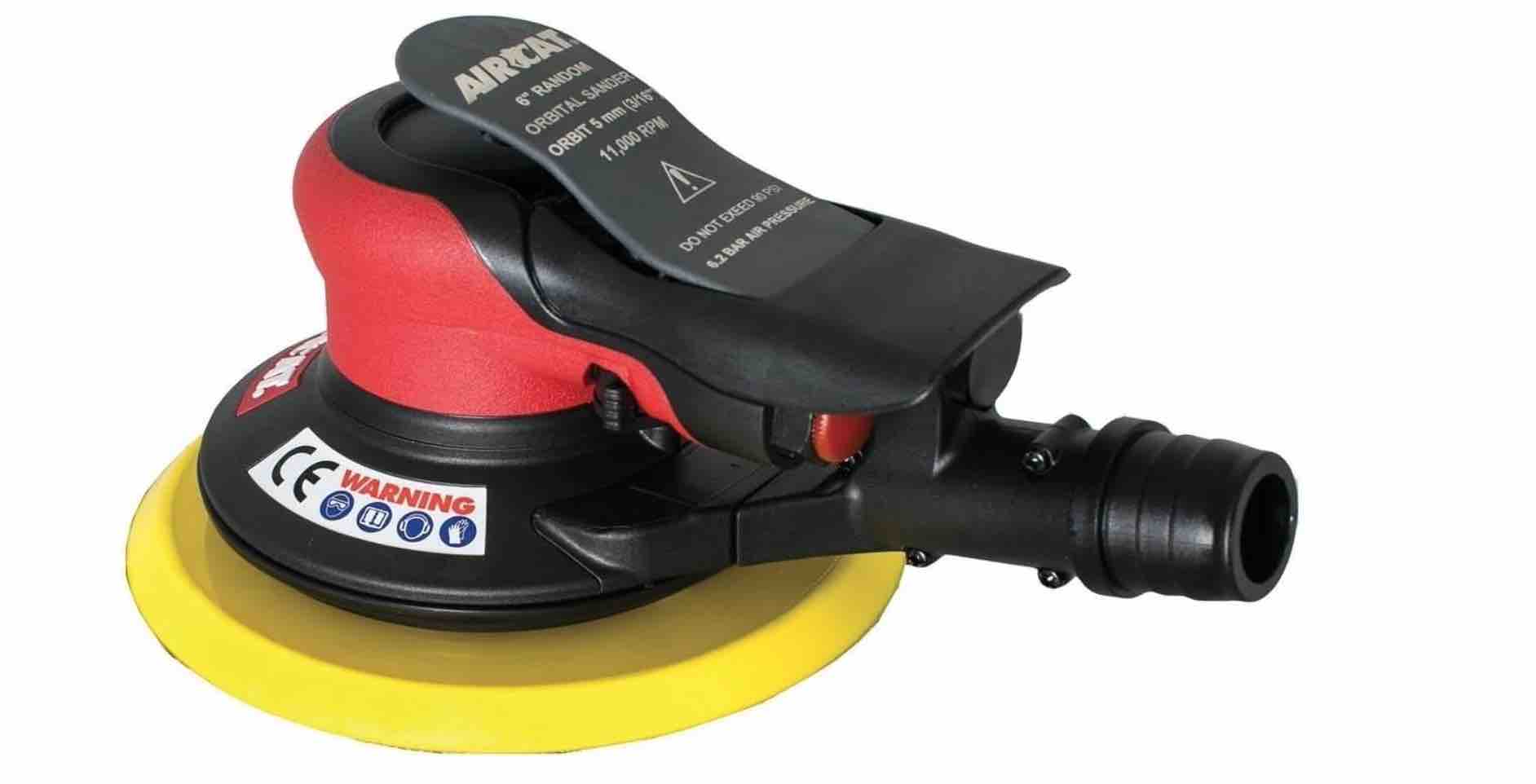From Sanding to Finishing: Tending to Your Random Orbital Sander for Flawless Results
In woodworking, automotive repair, and industrial production, a random orbital sander is indispensable for achieving smooth, flawless finishes. With its unique oscillating motion, this tool combines the power of a belt sander with the finesse of a finishing sander, making it ideal for a wide range of applications. However, to ensure optimal performance and longevity, it’s crucial to understand how to maintain and use your random orbital sander properly. In this comprehensive guide, we’ll explore the best practices for tending to your sander, with examples from top brands like Shinano and Aircat to help you achieve perfect results every time.
Key Takeaway
Maintaining and using your random orbital sander correctly is essential for achieving flawless results and extending the life of your tool. Brands like Shinano and Aircat offer high-quality options catering to professional and DIY needs. By following proper maintenance practices and using the sander correctly, you can ensure optimal performance and a smooth, professional finish on every project.
Understanding Random Orbital Sanders
What is a Random Orbital Sander?
A random orbital sander is a handheld power tool that uses a sanding blade that moves in a random orbit pattern. This combination of rotary and orbital actions ensures that no single part of the abrasive material travels the same path twice, reducing swirl marks and producing a smoother finish.
Key Features of Random Orbital Sanders:
- Random Orbital Motion: This unique motion minimizes swirl marks, making it ideal for fine finishes.
- Variable Speed Control: Allows for precise control over the sanding speed, making it versatile for different materials.
- Dust Collection System: Essential for maintaining a clean workspace and reducing airborne dust particles.
Choosing the Right Random Orbital Sander
Shinano SI-3100: A Prime Example of Japanese Craftsmanship
Shinano is renowned for its high-quality pneumatic tools, and the Shinano SI-3100 Random Orbital Sander is no exception. Manufactured in Japan, this sander is designed for professionals who demand precision and durability.
Features of Shinano SI-3100:
- Ergonomic Design: Lightweight and easy to handle, reducing user fatigue.
- High Durability: Built with high-quality materials to withstand heavy use.
- Efficient Dust Collection: Integrated dust collection system for a cleaner workspace.
- Variable Speed Control: Allows users to adjust the speed according to the task at hand.
Aircat 6700-6-336: High Performance with Minimal Noise Buy from Amazon
Aircat is another brand known for its innovative air tools. The Aircat 6700-6-336 Random Orbital Sander is designed to deliver high performance while maintaining low noise levels, making it ideal for professional workshops.
Features of Aircat 6700-6-336:
- Quiet Operation: Patented muffler technology reduces noise without compromising performance.
- Powerful Motor: Delivers consistent power for various sanding tasks.
- Comfort Grip: Ergonomically designed handle reduces vibration and increases comfort during extended use.
- High Efficiency: Low air consumption for efficient operation.
Proper Maintenance for Longevity and Performance
Regular maintenance is crucial to ensure your random orbital sander performs at its best and lasts for years. Here are some essential maintenance tips:
1. Regular Cleaning:
After each use, clean the sander thoroughly to remove dust and debris. Use compressed air to blow out dust from the motor and moving parts.
2. Check and Replace Sanding Pads:
Inspect the sanding pads regularly for wear and tear. Replace them as needed to ensure effective sanding and to avoid damaging the work surface.
3. Lubricate Moving Parts:
Lubricating the moving parts with pneumatic tool oil is essential for pneumatic sanders like the Shinano SI-3100 and Aircat 6700-6-336 to prevent rust and ensure smooth operation.
4. Inspect and Replace Filters:
If your sander has a dust collection system, regularly inspect and replace the filters to maintain efficient dust collection and prevent clogging.
5. Tighten Screws and Bolts:
Regularly check and tighten all screws and bolts to ensure the sander remains secure and stable during operation.
6. Store Properly:
Store your sander in a clean, dry place to prevent moisture damage and rust. Use a protective case if available.
Best Practices for Using Random Orbital Sanders
1. Select the Right Grit:
Choosing the right grit size for your sanding job is crucial. Start with a coarse grit to remove material quickly, then progress to finer grits for a smooth finish.
2. Apply Even Pressure:
Avoid applying excessive pressure to the sander. Let the tool do the work to prevent gouging and uneven sanding.
3. Move in a Controlled Motion:
Move the sander in a consistent, controlled motion. Random orbital sanders are designed to create a smooth finish without aggressive movement.
4. Use a Dust Collection System:
Always use the dust collection system to keep your workspace clean and reduce the risk of inhaling harmful dust particles.
5. Wear Safety Gear:
Protect yourself by wearing safety glasses, a dust mask, and hearing protection while sanding.
Real-World Examples and Case Studies
Shinano SI-3100 in Action:
In a professional woodworking shop, the Shinano SI-3100 was used to refinish a set of antique wooden chairs. The variable speed control allowed the craftsman to adjust the sander’s speed for different parts of the chairs, resulting in a flawless finish without damaging the delicate wood.
Aircat 6700-6-336 in a Body Shop:
A busy auto body shop used the Aircat 6700-6-336 to sand and prep vehicles for painting. The sander’s quiet operation and powerful motor allowed workers to work efficiently without disturbing other workers, and the dust collection system kept the workspace clean.
Frequently Asked Questions (FAQs)
1. How often should I clean my random orbital sander?
It’s recommended to clean your random orbital sander after each use to prevent dust buildup and ensure smooth operation.
2. What grit sandpaper should I use for finishing?
For a smooth finish, start with a coarse grit like 60-80 to remove material quickly, then progress to finer grits like 120, 220, and finish with 320.
3. Can I use my random orbital sander on metal surfaces?
Yes, you can use a random orbital sander on metal surfaces. Ensure you use the appropriate sanding disc designed for metal.
4. Why is my sander leaving swirl marks?
Swirl marks can be caused by using the wrong grit sandpaper, applying too much pressure, or not moving the sander consistently.
5. How do I know when to replace the sanding pad?
Replace the sanding pad when it shows signs of significant wear, such as tears, loss of adhesive grip, or reduced sanding efficiency.
Call to Action
For a range of top-tier random orbital sanders and expert advice on maintaining your tools, visitTend Industrial Supplies or contact our team at sales@tendsupplies.com. Your perfect finish starts with the right tools, and we're here to help you achieve flawless results every time.








